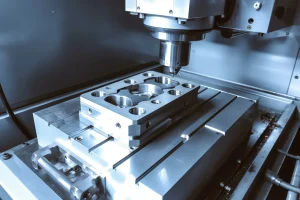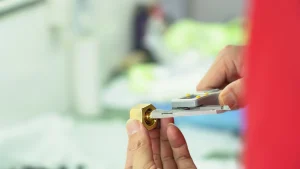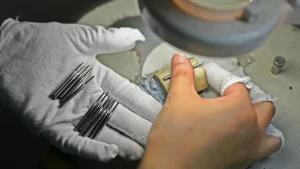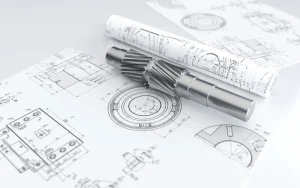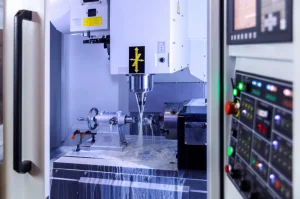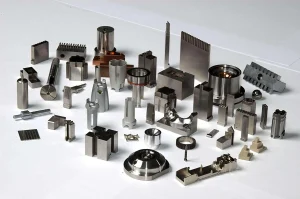工业铝挤出现在已广泛用于广泛的应用, 例如在家庭门和窗户中, automobiles and airplanes, and precision parts for automated equipment. With the prospect of increasing demand, many manufacturers are naturally concerned with cost and resource utilization. Improving the yield rate of aluminum extrusions has become a top priority. While there are many ways to improve production efficiency, quality products are our primary goal. 迅速的, with many years of experience in precision machining of aluminum extrusion parts, provides two specific solutions for improving the yield rate of aluminum extrusions.
1. The Relationship between Temperature Control and Improving Effective Output
一般来说, if there is no unscheduled downtime, maximum effective output is primarily determined by extrusion speed. 然而, extrusion speed is constrained by four factors, three of which are fixed and one of which is variable.
- Extrusion Pressure: High extrusion pressure allows for smooth extrusion even when the ingot temperature is low.
- Die Design: During aluminum extrusion, friction between the metal and the die wall typically raises the surface temperature of the passing aluminum alloy by 35 到 62 degrees Celsius.
- Alloy Characteristics: The extruded alloy properties limit extrusion speed, and the profile outlet temperature generally should not exceed 540°C to maintain surface quality.
- Temperature Control: Precise temperature management helps prevent sticking, gravure, micro-cracks, and tears.
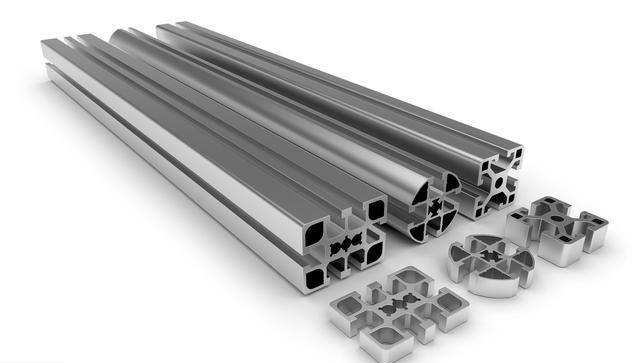
2. Mold Manufacturing Recommendations
Aluminum alloys are relatively soft, expensive, and prone to breakage. Due to their characteristics and the need for subsequent processing such as engraving, wire drawing, 阳极氧化, 冲压, 和转身, the following recommendations help reduce defects:
- Punching Order: Perform punching later in the process if possible. For products with many punches, consider adding an additional process stage.
- Cutting Edges: Use slow wire cutters to prevent burrs and irregular blanking. Recommended punch material: SKD11; avoid lower-quality punches such as D2.
- Edge Clearance: Allow approximately 10% clearance behind edge material as a recommended value. Recommended blade depth: ~2 mm; taper: ~0.8–1° (adjust based on profile characteristics).
- 弯曲 & Folding: Avoid creating deep crease lines; 如果有必要, make creases shallower and smaller.
- Post-Anodizing Stamped Parts: Leave a 0.2–0.3 mm gap during 180° flattening to allow acid flow. Install a stop block and calibrate the die higher than the die.
- Bending Aluminum Profiles: Use PE protective film for rollers; polished or hard-chrome plated forming blocks are recommended to reduce punctures and crushing.
3. Stamping Process Recommendations
Aluminum is soft and easily damaged during stamping. To ensure optimal results and reduce defect rates:
- Implement 7S procedures; keep countertops, assembly lines, and packaging materials free of sharp objects and debris.
- Clean aluminum shavings from pusher blocks daily to prevent mold damage.
- Repair molds promptly if burrs or defects appear.
- For products with many punching holes, clean mold surfaces after each cycle.
- Apply platen oil to reduce heat and ensure smoother blanking.
快速效果
Rapideffficed专注于高精度的CNC加工 18 多年的经验. 它的产品覆盖医疗, 通讯, 光学, 无人机, 智能机器人, 汽车, 和办公自动化零件.
该公司的CNC加工中心包括四轴, 五轴, 和连锁机床, 并配备精密投影仪, 三坐标测量机, 光谱仪, 和其他精确测试设备.
- 加工精度: 到 0.01 毫米
- 测试准确性: 到 0.001 毫米

